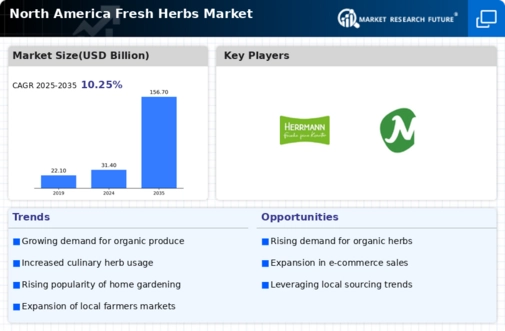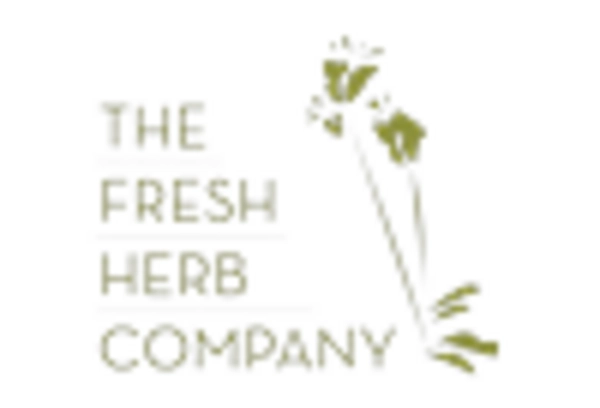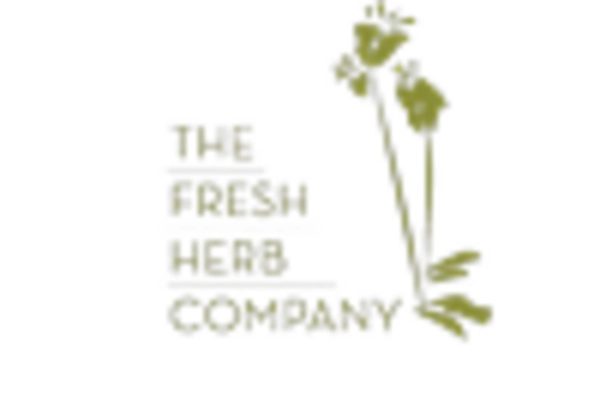Market Analysis
In-depth Analysis of North America Fresh Herbs Market Industry Landscape
The market dynamics of the North America fresh herbs market are shaped by various factors that influence its growth, trends, and competition. Fresh herbs, including cilantro, basil, parsley, and mint, are essential ingredients in culinary dishes and are valued for their flavor, aroma, and nutritional benefits. One of the key drivers of this market is the increasing consumer preference for fresh and natural ingredients in cooking. As people become more health-conscious and seek to incorporate more fruits and vegetables into their diets, the demand for fresh herbs has seen a steady rise. This trend is driven by the growing awareness of the health benefits associated with herbs, such as their antioxidant properties and potential to enhance the flavor and nutritional value of meals.
Additionally, the rise of home cooking and the popularity of ethnic cuisines have contributed to the increased demand for fresh herbs. Consumers are increasingly experimenting with different flavors and cuisines at home, leading to a greater need for a variety of fresh herbs to enhance their cooking. This trend is particularly prominent among younger generations who are more adventurous in their culinary endeavors and seek to replicate restaurant-quality dishes in their own kitchens.
Furthermore, the convenience factor plays a significant role in shaping market dynamics, with consumers opting for fresh herbs as convenient and versatile ingredients for everyday cooking. The availability of pre-packaged fresh herbs in supermarkets and grocery stores has made it easier for consumers to incorporate them into their meals without the hassle of washing, chopping, and storing. This convenience factor has driven the growth of the North America fresh herbs market, as consumers increasingly prioritize convenience in their busy lifestyles.
Moreover, the expanding market for fresh herbs is also influenced by factors such as seasonal availability, production methods, and supply chain logistics. While some herbs are available year-round due to greenhouse cultivation and imports from other regions, others are subject to seasonal fluctuations in supply and price. This seasonal variability can impact market dynamics, with consumers adjusting their purchasing habits based on availability and price fluctuations throughout the year.
In addition to consumer demand and supply chain considerations, market dynamics are also shaped by regulatory factors and industry standards. The fresh herbs industry is subject to regulations governing food safety, pesticide use, and labeling requirements to ensure the quality and safety of products. Compliance with these regulations is essential for growers and distributors to maintain consumer trust and confidence in the freshness and safety of their products.
Furthermore, market dynamics are influenced by competition among growers, distributors, and retailers in the fresh herbs industry. As demand for fresh herbs continues to grow, competition intensifies, leading to price competition, innovation in packaging and marketing, and efforts to differentiate products based on quality, variety, and freshness. This competitive landscape drives industry players to continuously improve their production practices, invest in technology and infrastructure, and explore new market opportunities to stay ahead of the competition.

















Leave a Comment